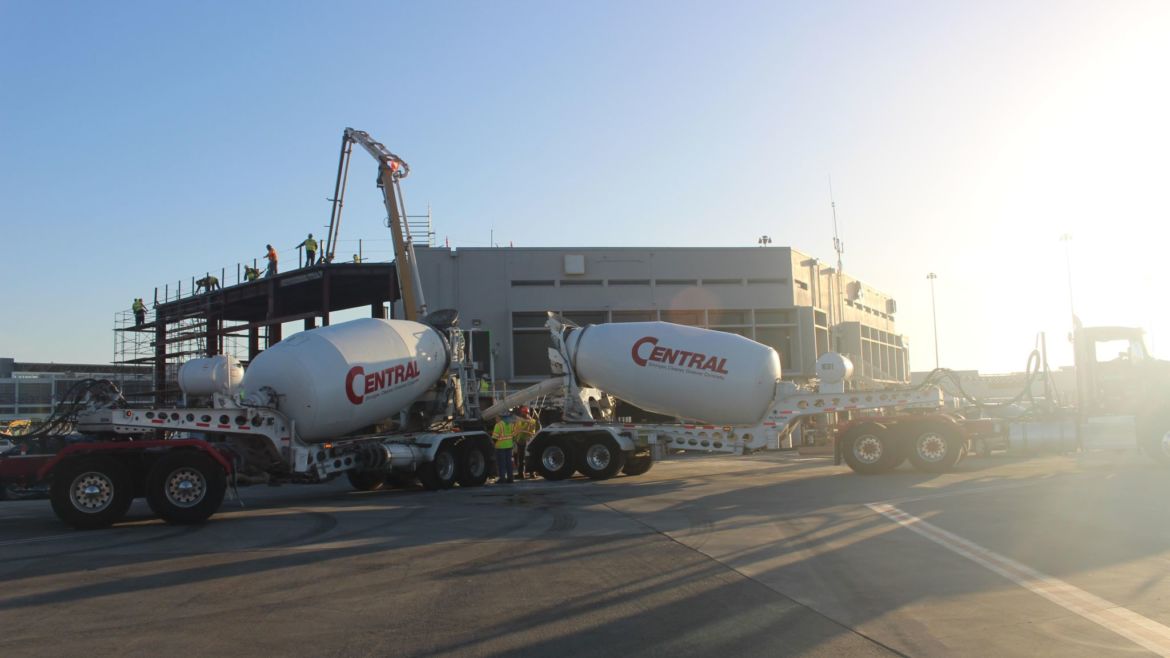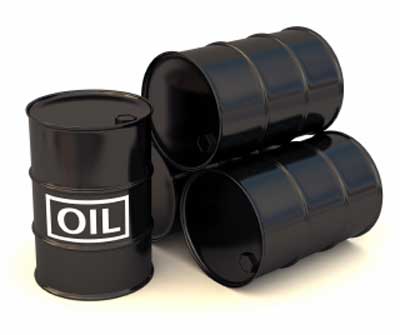For many years I’ve been hearing about schemes to suck CO2 out of the atmosphere. I always thought they were nuts. Rube Goldberg type of stuff.
(https://en.wikipedia.org/wiki/Rube_Goldberg)
Since the Paris Climate Accord I’ve been hearing some prominent scientists saying that unless we find ways to suck CO2 out of the air there is no practical way that we are going to keep CO2 levels low enough to avoid devastating consequences of a much warmer planet no matter HOW fast we are able to get to a carbon neutral civilization. Until recently I was hoping that this was not true because I didn’t think there was any realistic chance that we could do this at a scale that would be necessary and effective. But, as my big brother likes to say, “hope is not a strategy.” With the climate news in the last 18 month or so showing that we are experiencing severe consequences much, much sooner than predicted (as I’ve been saying would happen for years) I have begun to feel pretty fatalistic.
But now this… A new breakthrough may actually be able to suck out massive amounts of CO2 from the atmosphere and help save the planet and life as we know it. And of all things it comes from one of the worst climate culprits, concrete! So far the evidence and experience has been very positive so, despite what my brother says (sorry Jim), let’s hope this works!!
When you’re done reading the most salient points of the following article you really should read the whole article at the end of this post because this is really big news in my mind and worth a couple minutes of your time to see how we might just be able to save ourselves, and none too soon.
“the Foundation for Climate Restoration estimates that a trillion tons of CO2 must be removed from our atmosphere on top of additional efforts to curb emissions. The National Academies of Science agrees that “negative emissions technologies,” as they’re known, are essential.”
“a solution on the horizon could switch up the math completely. A new method of creating concrete actually pulls C02 out of the air, or directly out of industrial exhaust pipes, and turns it into synthetic limestone. The technique, which has already been demonstrated in California, is part of a growing effort to not just slow the advance of climate change, but to reverse it, restoring a safe and healthy climate for ourselves and future generations.”
“The annual use of aggregate is over 50 billion tons and growing fast. Making it from synthetic limestone instead of quarried rock could sequester 25 billion tons a year — meaning that, in 40 years, this solution alone could remove a trillion tons of CO2 from the air, enough to restore pre-industrial levels.”
“The Foundation for Climate Restoration estimates that getting 30,000 Blue Planet plants running by 2030 would create enough CO2 removal capacity to remove all the excess CO2 from the atmosphere.”
“By some accounts, concrete alone is responsible for 4-8 percent of the world’s CO2 emissions. And it’s only getting worse. Between 2011 and 2013, China used more cement than the United States used in all of the 20th century — about enough to pave paradise and put up a parking lot the size of Hawaii’s Big Island. Cement production worldwide could grow another 23 percent by 2050.”
“The bottom line? We’re inching closer toward an uninhabitable planet of our own making — even faster than once thought. To get ourselves back on track, we need to continue curbing our emissions to avoid making the problem worse. At the same time, we’ll need to remove a trillion tons of CO2 from the atmosphere, says Peter Fiekowsky, Founder of the Foundation for Climate Restoration.”
The Breakthrough That Could Actually Reverse Climate Change
This article is published in partnership with:
So we need to have a little talk about concrete.
We take it for granted, but concrete is the foundation (no pun intended) of countless buildings, homes, bridges, skyscrapers, millions of miles of highways, and some of the most impressive feats of civil engineering the world has ever known. It’s the most widely-used human-made substance on the planet.
It also happens to be incredibly bad for the climate. Portland cement, the most commonly used base (the goop that gets mixed with sand and gravel, or aggregate, to form concrete), is made with limestone that is quarried and then heated to staggeringly high temperatures — releasing huge amounts of carbon dioxide in the process. Add to that all the fuel burned to mine and crush the aggregate, and you’ve got a climate disaster.
By some accounts, concrete alone is responsible for 4-8 percent of the world’s CO2 emissions. And it’s only getting worse. Between 2011 and 2013, China used more cement than the United States used in all of the 20th century — about enough to pave paradise and put up a parking lot the size of Hawaii’s Big Island. Cement production worldwide could grow another 23 percent by 2050.
It’s no secret that we have already blown past the levels of climate-altering pollution that scientists warn could have catastrophic effects on life as we know it. We set a new CO2 record just last month, notching 411.66 parts per million of CO2 in the air in Mauna Loa, Hawaii — far higher than the 300 parts per million that is the highest humans have ever survived long-term.
But a solution on the horizon could switch up the math completely. A new method of creating concrete actually pulls C02 out of the air, or directly out of industrial exhaust pipes, and turns it into synthetic limestone. The technique, which has already been demonstrated in California, is part of a growing effort to not just slow the advance of climate change, but to reverse it, restoring a safe and healthy climate for ourselves and future generations.
To do that, the Foundation for Climate Restoration estimates that a trillion tons of CO2 must be removed from our atmosphere on top of additional efforts to curb emissions. The National Academies of Science agrees that “negative emissions technologies,” as they’re known, are essential.
It’s a massive undertaking, but if we change how we think about concrete, capturing a trillion tons of CO2 may not be so pie-in-the-sky after all.
Enter Brent Constantz, a Silicon Valley entrepreneur and marine geologist, who once treated cardiovascular calcification and created bone cements (used in operating rooms to mend broken limbs) by mimicking the process that corals and shellfish use to create their own shells. His patents and products are used by doctors around the world.
Developing and testing new medical procedures was perilous work, Constantz said, although the drive to cure terminal illnesses outweighed many of the risks involved. That passion lead Constantz to launch a company in 2012 called Blue Planet, based in Los Gatos, California. Its goal is “economically sustainable carbon capture.”
The company’s technology, like his previous work, builds on the power of corals. Corals turn millions of teeny polyps into stunning, full-grown reefs through a process known as biomineralization, Constantz explained. Inspired by this phenomenon, he developed a similar “low-energy mineralization” technique that turns captured CO2 into the same bony stuff that corals secrete: calcium carbonate.
Blue Planet’s process starts with collecting CO2 and dissolving it in a solution. In the process, the company creates carbonate that reacts with calcium from waste materials or rock to create calcium carbonate. Calcium carbonate happens to be the main ingredient in limestone. But rather than superheating it to create cement (which would release all that CO2 right back into the atmosphere), Constantz and his team turn the resulting stone into pebbles that serve as aggregate.
This is easiest to do where there’s lots of CO2 — smokestacks at factories, refineries and power plants, for example — but it can also come from “direct air capture,” using less concentrated air anywhere, a technology whose costs are rapidly declining.
Do this on a large scale, Constantz said, and you could help satiate the growing global demand for rock and sand, and make a massive dent in the climate crisis at the same time: Every ton of Blue Planet’s synthetic limestone contains 440 kilograms of CO2. While it still needs to be mixed with cement (the goopy stuff) to make concrete, using this in place of gravel or stone that needs to be quarried and crushed creates a finished product that is carbon neutral, if not carbon-negative, according to the company.
The annual use of aggregate is over 50 billion tons and growing fast. Making it from synthetic limestone instead of quarried rock could sequester 25 billion tons a year — meaning that, in 40 years, this solution alone could remove a trillion tons of CO2 from the air, enough to restore pre-industrial levels.
And while most other methods of sequestering carbon are good for only a short time, limestone is completely stable, Constantz said. “If we look at the Earth, there’s limestone that is millions of years old, like the White cliffs of Dover.”
Blue Planet’s limestone, created using emissions collected from the Moss Landing Power Plant on Monterey Bay and other sources, has already been added to concrete in areas of San Francisco International Airport. Constantz expects to open its first commercial production facility in the Bay Area within the year, producing a little over 300,000 tons of rock annually with C02 captured from an adjacent power plant’s exhaust stack.
Constantz dreams of having thousands of plants up and running by 2050, with most of the resulting rock being used by government agencies to construct roads and buildings. “Even the poorest countries in the world are still mining rock in open pit mines, and that’s an important aspect to what we’re doing,” he said. “There is already funding out there that is paying for rock. I’m not talking about increasing government spending a bit.”
The Foundation for Climate Restoration estimates that getting 30,000 Blue Planet plants running by 2030 would create enough CO2 removal capacity to remove all the excess CO2 from the atmosphere.
The Foundation is part of a growing movement for climate restoration, whose goal is to restore a climate with a CO2 concentration below 300 ppm, and rebuild the Arctic ice. Those actions, its leaders say, will get us back to a climate more like the one our grandparents or great-grandparents lived in.
The bottom line? We’re inching closer toward an uninhabitable planet of our own making — even faster than once thought. To get ourselves back on track, we need to continue curbing our emissions to avoid making the problem worse. At the same time, we’ll need to remove a trillion tons of CO2 from the atmosphere, says Peter Fiekowsky, Founder of the Foundation for Climate Restoration.
“We all want to restore a safe and healthy climate for ourselves and future generations,” Fiekowsky says. “Mobilizing commitments from diverse stakeholders is required for success in any global endeavor, especially one as important as climate restoration. The explicit goal is what makes restoration possible now when it seemed impossible before.”
This article is sponsored by the Foundation for Climate Restoration, a nonprofit partnering with local governments, NGOs and communities around the world to launch ecosystem restoration projects at restoration scale. Its Healthy Climate Alliance is an education, networking, and advocacy program to advance these goals.




